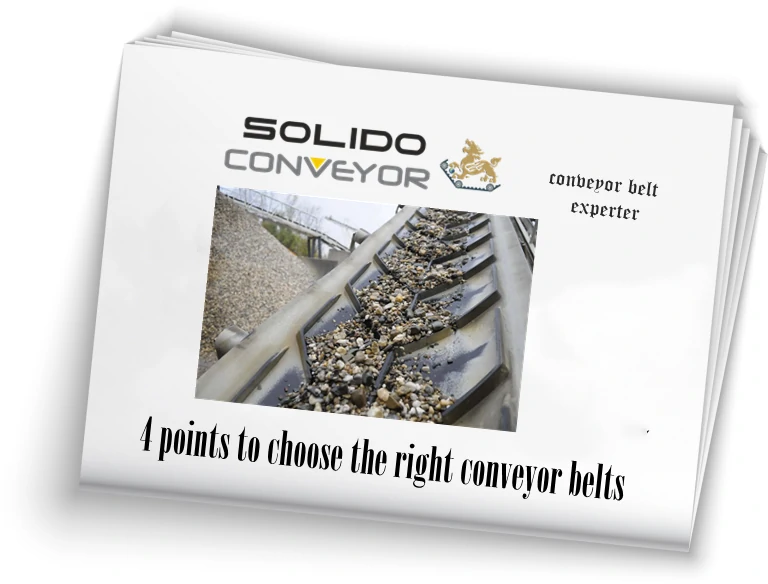Absolutely! When preparing a Request for Quote (RFQ) for a conveyor belt, it’s vital to be as detailed and precise as possible. Here’s a deeper explanation of the factors you should include:

Belt Type: Different applications require different types of conveyor belts. The main categories include flat belts, modular belts, timing belts, and wire mesh belts, among others. If you’re uncertain about which type suits your needs, describe the intended usage and any special requirements. This will allow the supplier to recommend the most suitable option.
Belt Width and Length: The dimensions of the conveyor belt directly influence its size and cost. Be sure to specify your desired width and length, using a standard unit of measure like inches or millimeters.
Material and Load: The type of material that the conveyor belt will transport and its maximum weight are crucial for selecting the right belt. The belt should be able to handle the nature of your materials, whether they are bulk items, packages, or heavy objects, and bear the maximum load without faltering.
Operating Environment: The conditions in which the conveyor belt will operate significantly impact its longevity and performance. If the environment involves exposure to extreme temperatures, moisture, chemicals, or abrasive substances, the belt will need to be designed to withstand these factors.
Speed and Incline: The speed at which your conveyor system needs to operate, along with any incline or decline requirements, affects the choice of the motor and other components. Be clear about these requirements to ensure optimal performance and efficiency.
Accessories and Features: Special features like sidewalls, cleats, tracking guides, or specific coatings can customize a conveyor belt to your specific needs. List any such needs in your RFQ, so suppliers can factor them into their quotes.
Quantity: The number of conveyor belts you need might affect the pricing, with discounts often available for bulk orders. Make sure to indicate the quantity in your request.
Delivery and Installation: Provide the delivery location and any special instructions regarding the installation or setup of the conveyor belts. This data allows suppliers to calculate shipping costs and plan delivery schedules.
Budget and Timeline: If you have a strict budget or a tight schedule, mention these constraints in your RFQ. This allows suppliers to tailor their proposals to meet your financial and timing needs.
Additional Requirements: If there are any other specific requirements or preferences, such as a preference for a specific brand or the need to comply with certain standards or regulations, include these in your RFQ.
By being thorough and detailed in your RFQ, you increase the likelihood of receiving quotes that are both accurate and relevant to your specific conveyor belt needs. This ultimately saves you time and helps ensure that the solution offered will meet your operational requirements.
If you’re looking for a new conveyor belt or belt maintenance services, we are offering customized conveyor belt consultation and manufacture to installation and repair based on various applications.
Have any questions? Contact your SOLIDOBELT today to learn more.